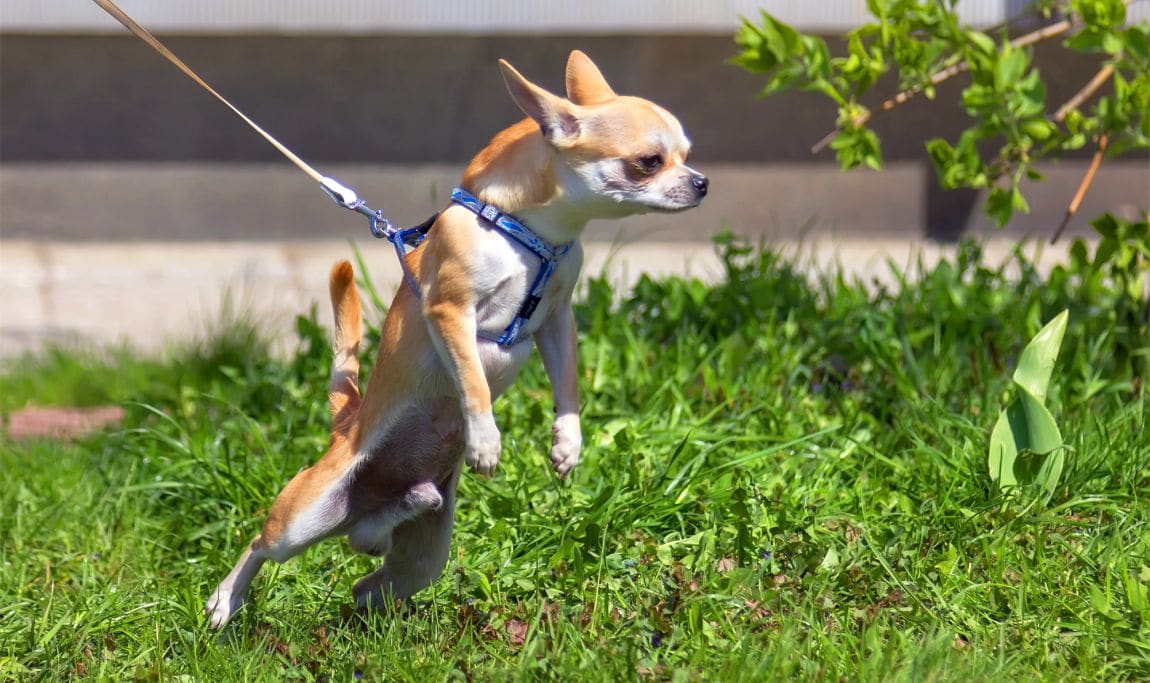Willow and I recently took our first major trip together to Tybee Island, GA—a place full of sand, salt air, and unexpected lessons. We spent our days walking, exploring, and putting important life skills into practice. Some moments were effortless, others asked more of us… but each one shaped us. And here’s the twist:...
Traveling With Your Dog During the Holidays: How to Prepare, Stay Predictable, and Know When to Choose a Sitter
Holiday travel can be exciting, hectic, and unpredictable—even for humans who know what’s coming. For dogs, the sudden changes in routine, environment, and sensory input can be overwhelming if we don’t plan ahead. Whether you’re heading out of state, visiting family for a few days, or taking a road trip, thoughtful preparation can make...
Management Techniques for On-Leash Reactivity: Helping Your Dog Feel Safe on Walks
On-leash reactivity can make even the simplest walk feel overwhelming. One second you’re enjoying the fresh air, and the next your dog spots a trigger and their nervous system flips into overdrive—barking, pulling, lunging, or freezing. It’s stressful for both ends of the leash, and you’re definitely not alone. While long-term behavior change comes...


